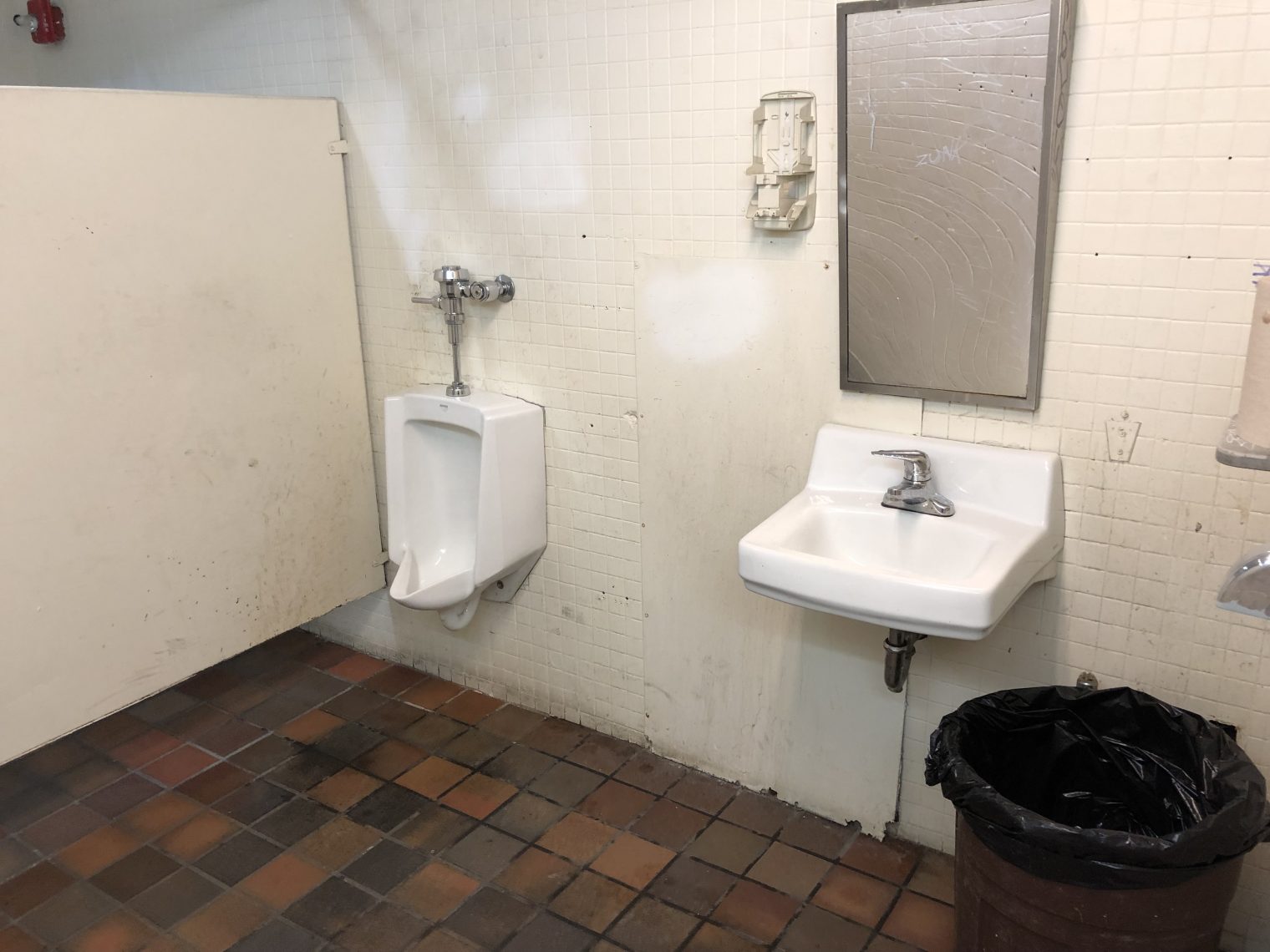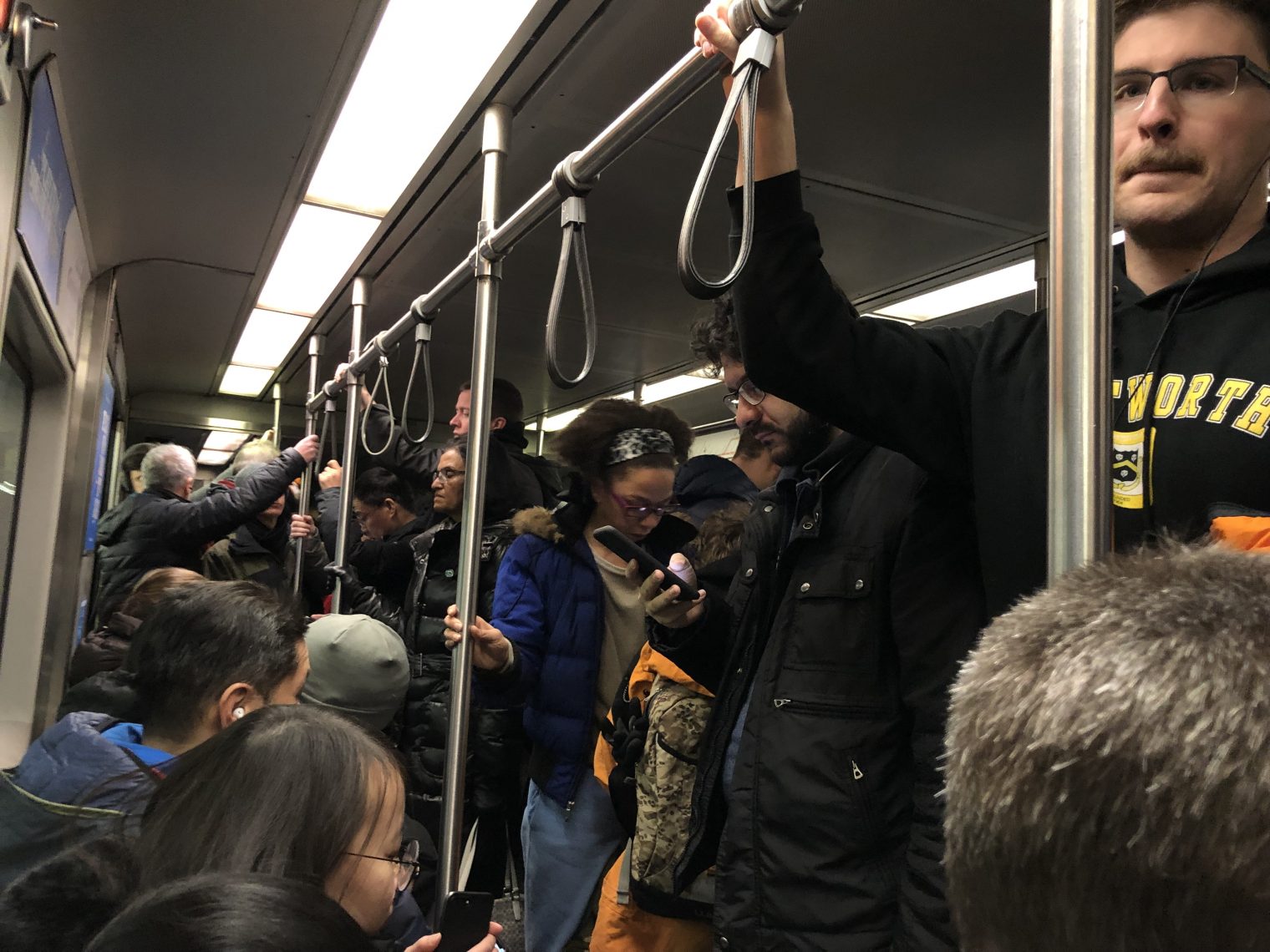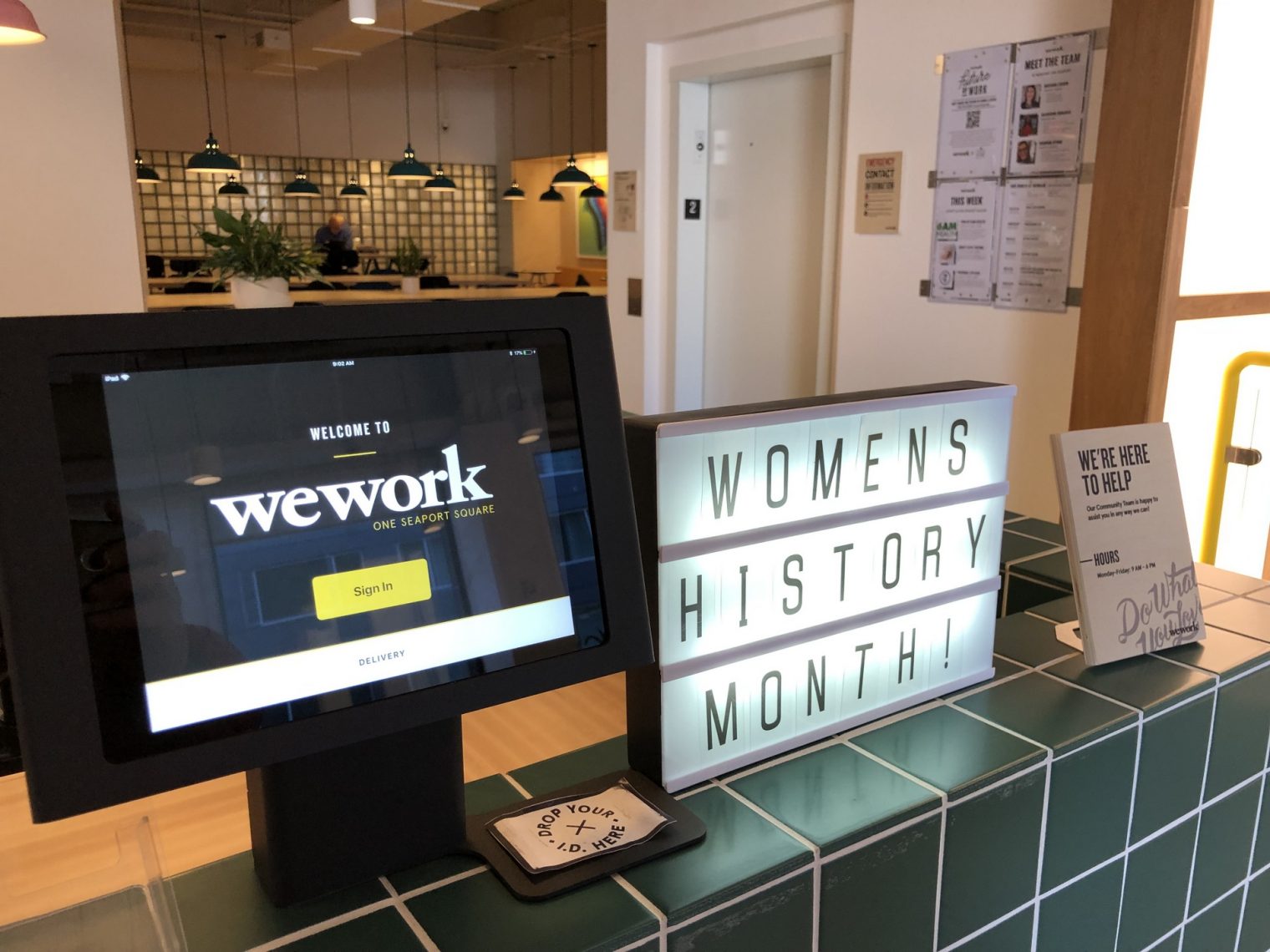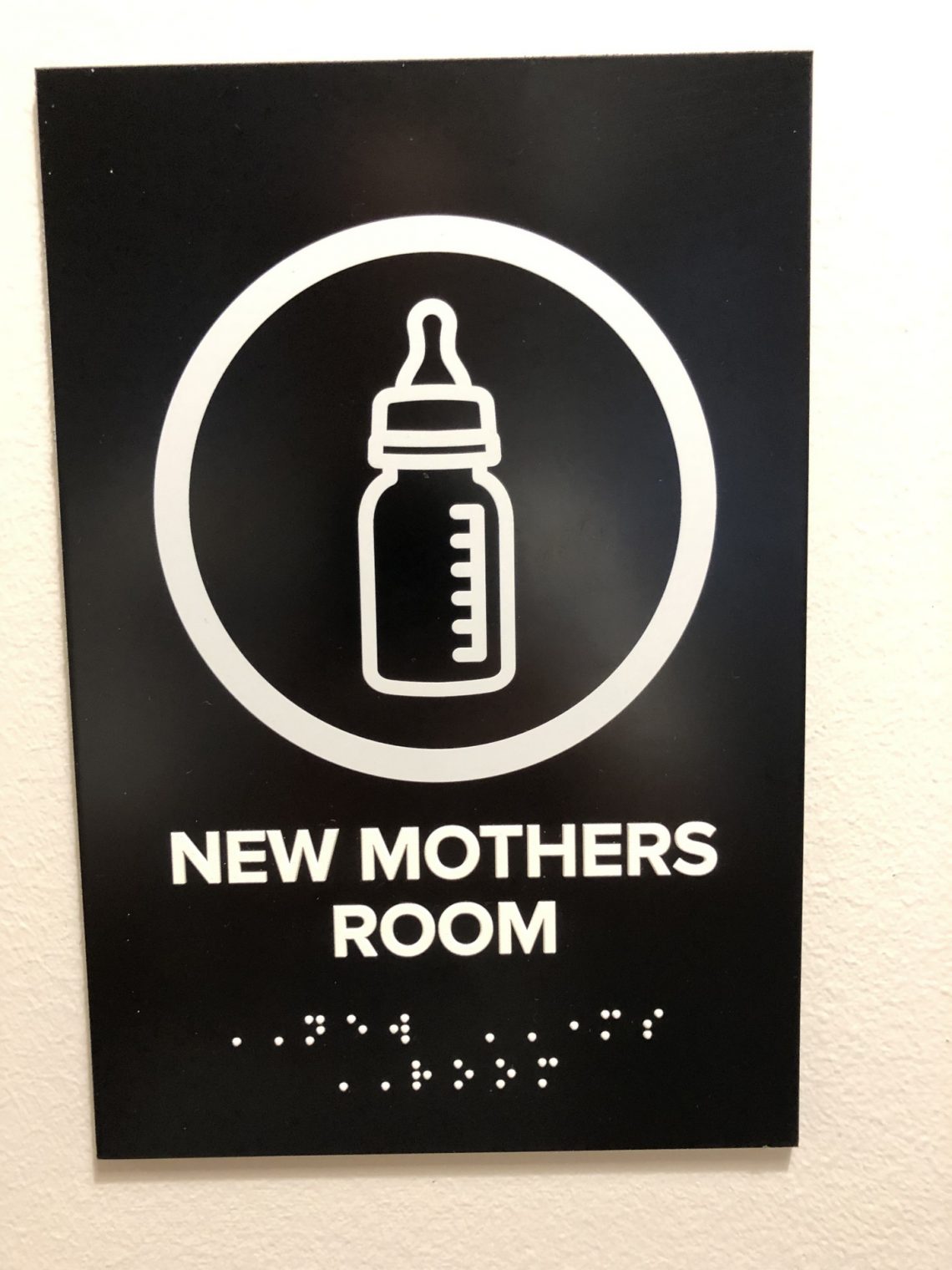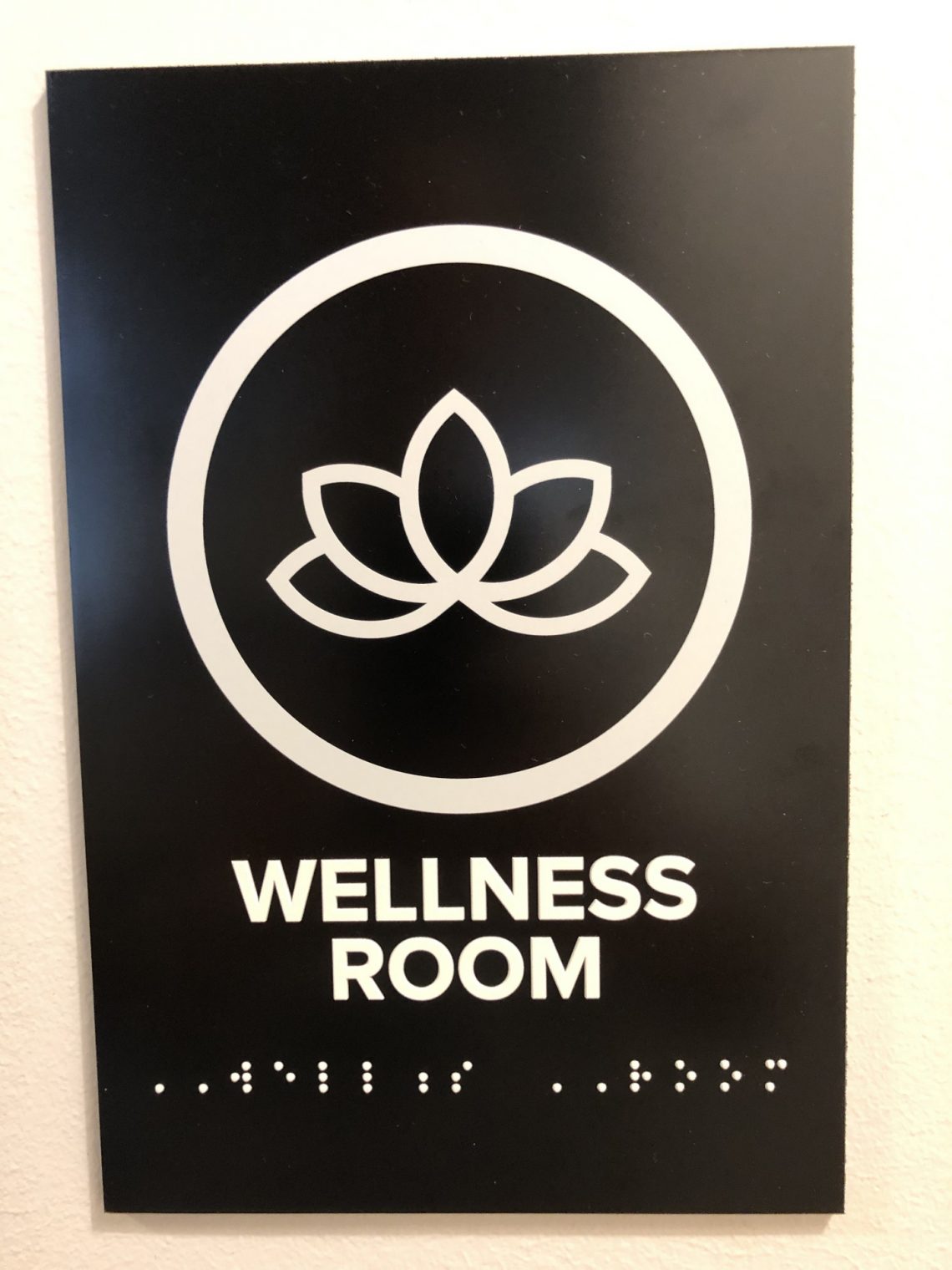Now that the road network is useless, why aren’t subway system operators rich?
The other day I had to be in downtown Boston for a 9:00 am meeting. Our road network melted down circa 2005 and there is no way to know if a 20-mile trip from the suburbs will take 45 minutes, 1.5 hours or longer.
I decided to do the 15-minute drive to the Alewife parking garage, which required about 40 minutes when started at 7:30 am. As there was no way to know how long the next phase of the journey would be and I was going to fortify myself with a Dunkins coffee (sold right in the station, unlike other transit systems that try to discourage eating/drinking), it seemed a prudent time to use the restroom in the massive building (replacement cost $200 million?):
Note that at least one plumbing fixture and the only soap dispenser are missing.
This is where the trains start so I was able to get on and find a seat. At the first stop, Davis Square, enough people got on to completely fill the car:
Nobody could get on at Porter, Harvard, or Central. Only after some biotech slaves go out to stream into the new towers of Kendall Square did the train have enough room to accommodate folks waiting on the platforms. (I later learned that the pro tip for those commuting in from Porter or Harvard is to head outbound to Alewife first and then come inbound.)
I made it to my destination on time and was wrapped in an atmosphere of comparative calm:
(Of course, I criticized them for their cisgender-normative prejudice in assuming that it is only “mothers” who might want to use a room for feeding babies. See “Breastfeeding as a trans dad: ‘A baby doesn’t know what your pronouns are’” (Guardian), for example.)
As the monopoly owner of the only means of reasonably fast and reasonably reliable transport between 7 am and 7:30 pm in the Boston area, I would expect that the MBTA’s financial condition would improve every year as the roads deteriorate. Shouldn’t they be able to extract huge $$ from desperate riders? If they want to preserve the low-cost-but-can’t-get-on-the-train option they can do that at the current fare ($2.25 or $2.75 depending on how it is paid for; see https://philip.greenspun.com/blog/2018/01/09/our-local-public-transit-system-spends-more-than-a-year-of-revenue-on-cash-registers/). But they could also run VIP trains in between that cost $10/ride.
Subjectively it seems as though the trains are packed to the point where they couldn’t get a single additional rider on. Yet, from November 2018: “T notes: Ridership, even at peak times on Red Line, continues to decline”. Maybe they are running fewer trains per hour?
Readers: How is it possible that a system that has an amazing irreplaceable paid-for-100-years-ago asset (the tunnels) can’t be profitable in an environment of ever-worsening surface traffic jams?
Related:
- “Public Statement on MBTA Ridership & Pension Costs” (Pioneer Institute): T ridership is down and pension costs are up. … The T (as opposed to its employees) is responsible for at least three quarters of pension costs. Under the best-case scenario, its contribution to the fund will rise from $74 million in 2015 to $112 million in 2022, a 51 percent increase. Actual 2022 costs could be as high as $137 million, which would represent an 85 percent rise over seven years. Despite spiraling employer contributions, unfunded liability has risen from $49 million to over $1 billion in a decade. [The standard MBTA system allowed a person to start working at age 18 and retire with a full inflation-adjusted taxpayer-guaranteed pension 23 years later, at age 41.]
- “RED TAPE: WHY THE RED LINE STOPPED SHORT” (Tufts Observer), explaining why the 1970s dream of the Red Line extending to 128 in Lexington was abandoned
- “How Hong Kong’s subway turns a $2 billion annual profit” (Money)
- “The 10 U.S. metro rail systems that lose the most money per passenger” (Brookings)
